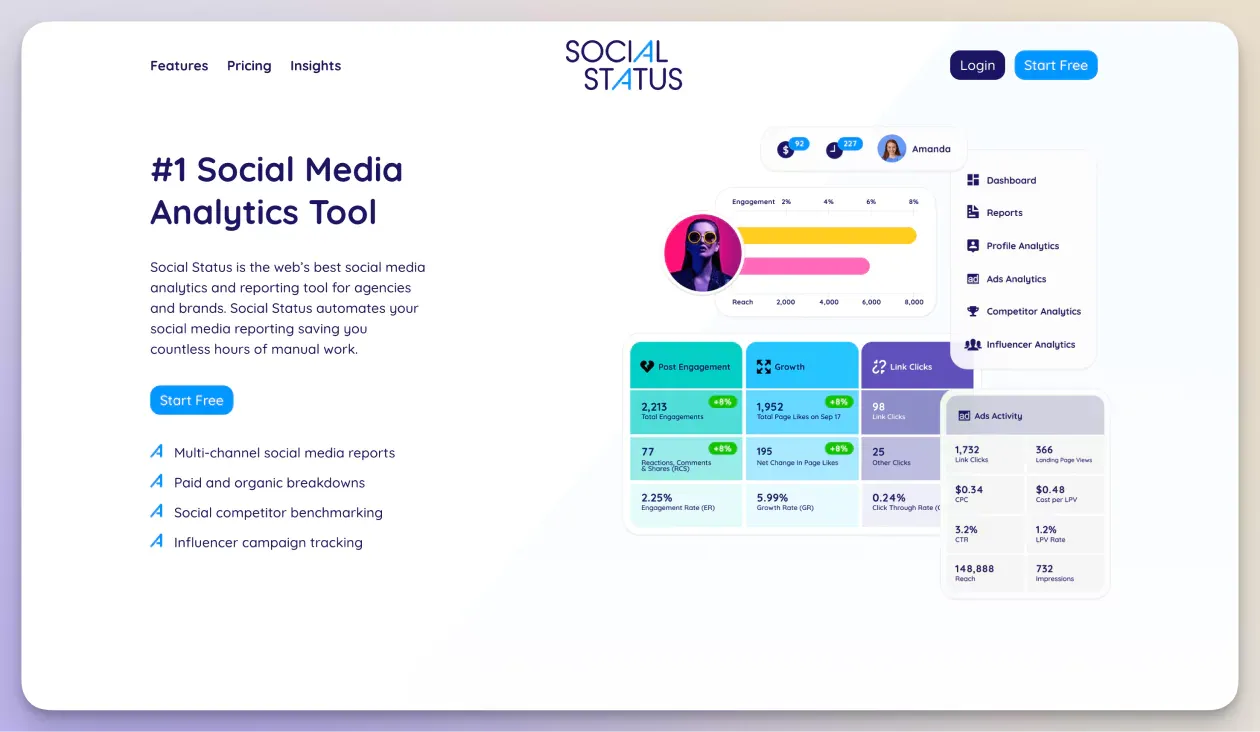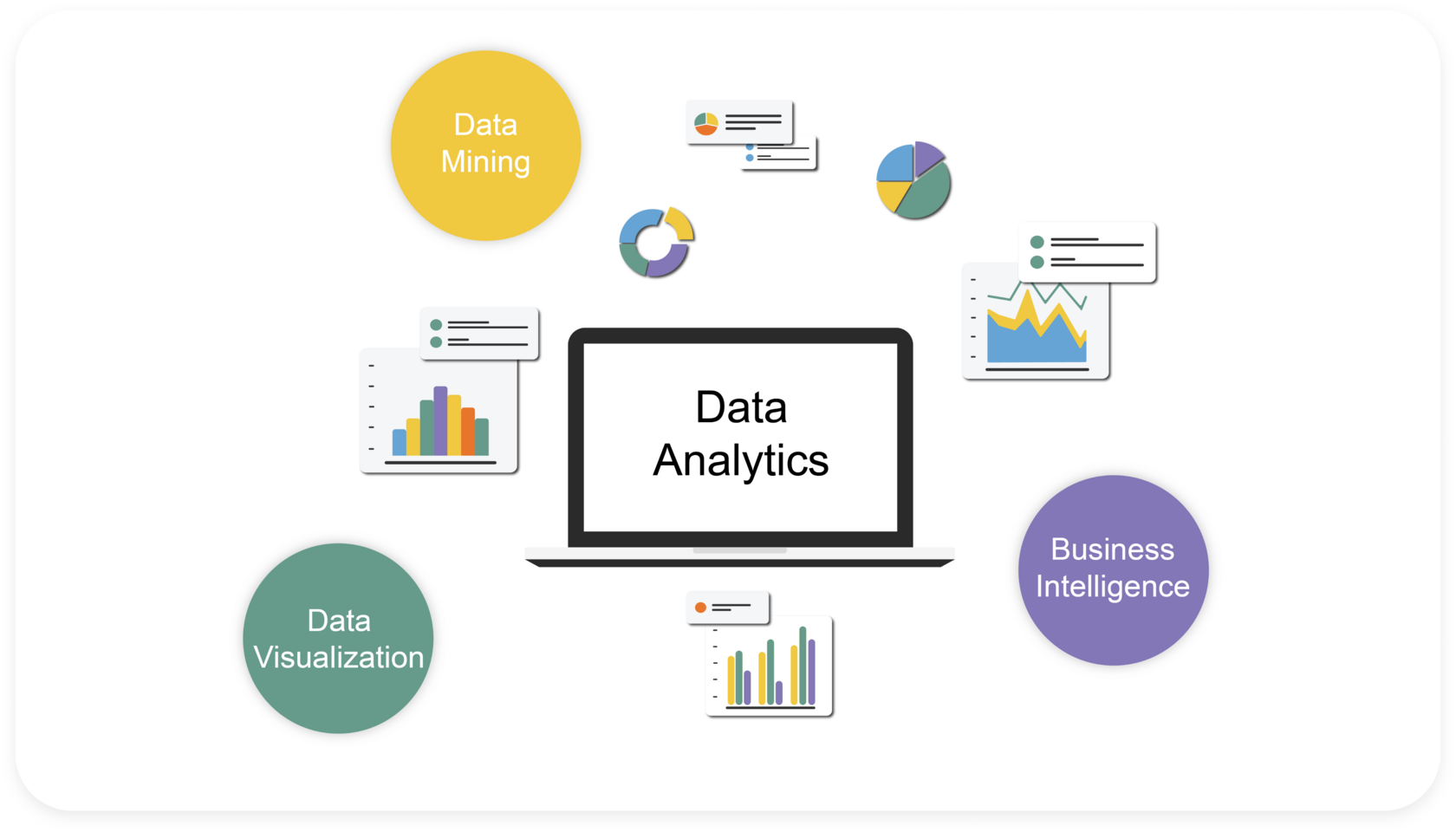How to Enhance Efficiency with Comprehensive Analytics
How to Enhance Efficiency with Comprehensive Analytics
Blog Article
Boost Efficiency and Productivity Via Information Analytics
In today's data-driven landscape, businesses are increasingly identifying the critical duty of information analytics in enhancing functional efficiency and profitability. By systematically assessing information, organizations can discover critical understandings that educate tactical choices, streamline processes, and tailor client experiences.
Recognizing Data Analytics
In today's data-driven landscape, recognizing data analytics is crucial for organizations aiming to improve functional performance and drive productivity. Data analytics includes the systematic computational analysis of data sets to uncover patterns, correlations, and insights that notify decision-making. By utilizing different techniques, such as analytical analysis, equipment discovering, and anticipating modeling, organizations can transform raw data into workable intelligence.
The process usually begins with information collection, where appropriate info is collected from multiple sources, including transactional data sources, consumer interactions, and market patterns. This data is after that cleaned up and organized to ensure accuracy and uniformity. Once the data is prepared, analytical tools and software application are made use of to explore and visualize the details, enabling stakeholders to recognize fads and abnormalities.
Inevitably, comprehending information analytics encourages companies to make educated decisions based upon empirical evidence as opposed to intuition. It assists in targeted methods that can enhance source allowance, enhance client contentment, and boost total performance. As businesses increasingly identify the value of data-driven understandings, a strong grasp of information analytics becomes a vital expertise for leaders and teams alike, positioning them for sustained success in an affordable environment.

Trick Benefits for Organizations
Companies that take advantage of information analytics can open a wide variety of benefits that substantially boost their operations and profitability. Among the key advantages is boosted decision-making. Information analytics provides actionable understandings stemmed from real-time information, allowing organizations to make informed options that straighten with market demands and consumer choices.

Additionally, data analytics promotes improved consumer experiences. By understanding client habits and preferences, organizations can customize their offerings, leading to increased satisfaction and loyalty. This individualized strategy commonly leads to higher conversion rates and repeat business.
Additionally, data analytics enables companies to determine emerging opportunities and fads. By remaining in advance of the curve, companies can utilize on brand-new markets and developments before their competitors.
Executing Data-Driven Strategies
Effective execution of data-driven approaches calls for a detailed understanding of both organizational goals and readily available information sources. Organizations should initially specify their purposes clearly, making sure placement in between data campaigns and critical aims. This quality allows teams to focus on appropriate metrics and understandings that drive decision-making.
Next, businesses need to assess their existing information infrastructure. This entails reviewing data top quality, availability, and assimilation capabilities. High-quality data is essential for exact analysis, as wikipedia reference bad information can result in misguided strategies and thrown away resources. Organizations needs to establish procedures for information collection, cleaning, and monitoring to keep data stability.
Additionally, cultivating a data-driven culture is important. Staff members whatsoever levels must be motivated to leverage data in their everyday procedures. Educating programs and workshops can enhance data proficiency, empowering team to make informed choices based on logical understandings.
Devices and Technologies Summary
A durable suite of tools and technologies is important for companies aiming to harness the full potential of data analytics. These devices facilitate the collection, processing, and visualization of data, enabling companies to obtain workable insights.
At the fundamental degree, information monitoring platforms such as SQL databases and NoSQL systems provide reliable data storage and access capacities. For information handling and evaluation, programs languages like Python and R, together with structures such as Apache Glow, enable complicated estimations and maker discovering applications.
Visualization tools, consisting of Tableau and Power BI, transform raw data right into intuitive visual layouts, making insights available to stakeholders in any way levels. In addition, cloud-based systems like Google Cloud and AWS supply scalable storage space and processing solutions, suiting the expanding quantities of data companies experience.
For advanced analytics, anticipating modeling and AI-driven services are progressively embraced, allowing firms to forecast trends and enhance decision-making procedures. Integrating these tools into existing operations is vital; organizations that successfully utilize this innovation can considerably enhance operational effectiveness and drive profitability. Therefore, buying the right devices and innovations is a strategic vital for any kind of data-driven company.
Study of Success
Leveraging data analytics has led countless organizations to achieve remarkable renovations in effectiveness and success. One noteworthy instance is a big retail chain that implemented anticipating analytics to optimize stock administration. By examining historic sales information and client fads, the firm reduced excess inventory by 30%, resulting in substantial price financial savings and enhanced read the article cash circulation.
An additional instance can be located in the production sector, where a leading vehicle manufacturer used data analytics to improve its production processes. By checking equipment performance in real-time, the organization recognized traffic jams and ineffectiveness, resulting in a 20% increase in overall equipment performance (OEE) This not only improved manufacturing rates but additionally minimized downtime and upkeep expenses.

These study show how data analytics can drive critical decision-making, maximize processes, and eventually improve both performance and earnings throughout numerous fields.
Conclusion
In conclusion, find more information the integration of data analytics right into company operations presents substantial possibilities for enhancing efficiency and success. By systematically assessing data, organizations can identify ineffectiveness, optimize consumer experiences, and make notified decisions.
In today's data-driven landscape, recognizing data analytics is important for companies intending to boost functional performance and drive productivity. Information analytics includes the methodical computational evaluation of information collections to reveal patterns, relationships, and understandings that inform decision-making. Information analytics gives workable understandings derived from real-time information, enabling organizations to make enlightened options that line up with market needs and customer choices.
Top notch information is necessary for precise evaluation, as poor data can lead to illinformed techniques and lost sources. Organizations has to develop procedures for information collection, cleaning, and monitoring to preserve information stability.
Report this page